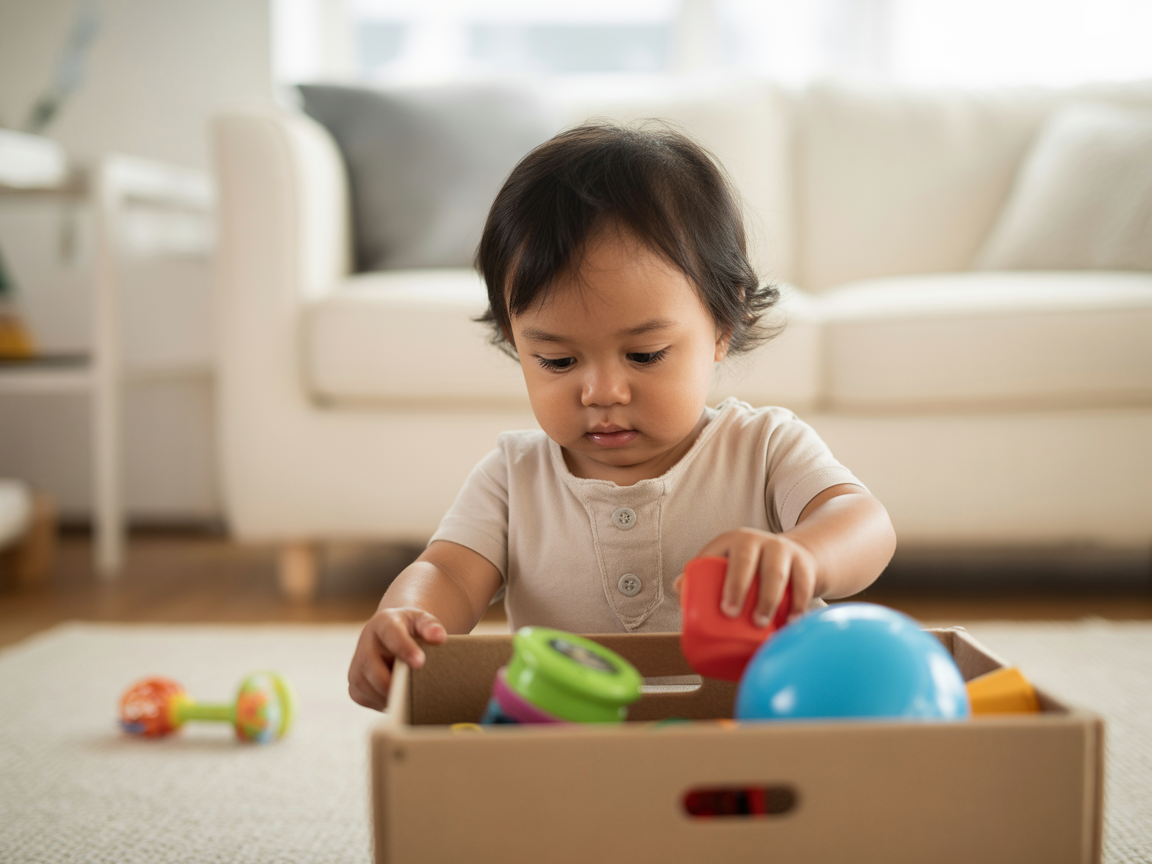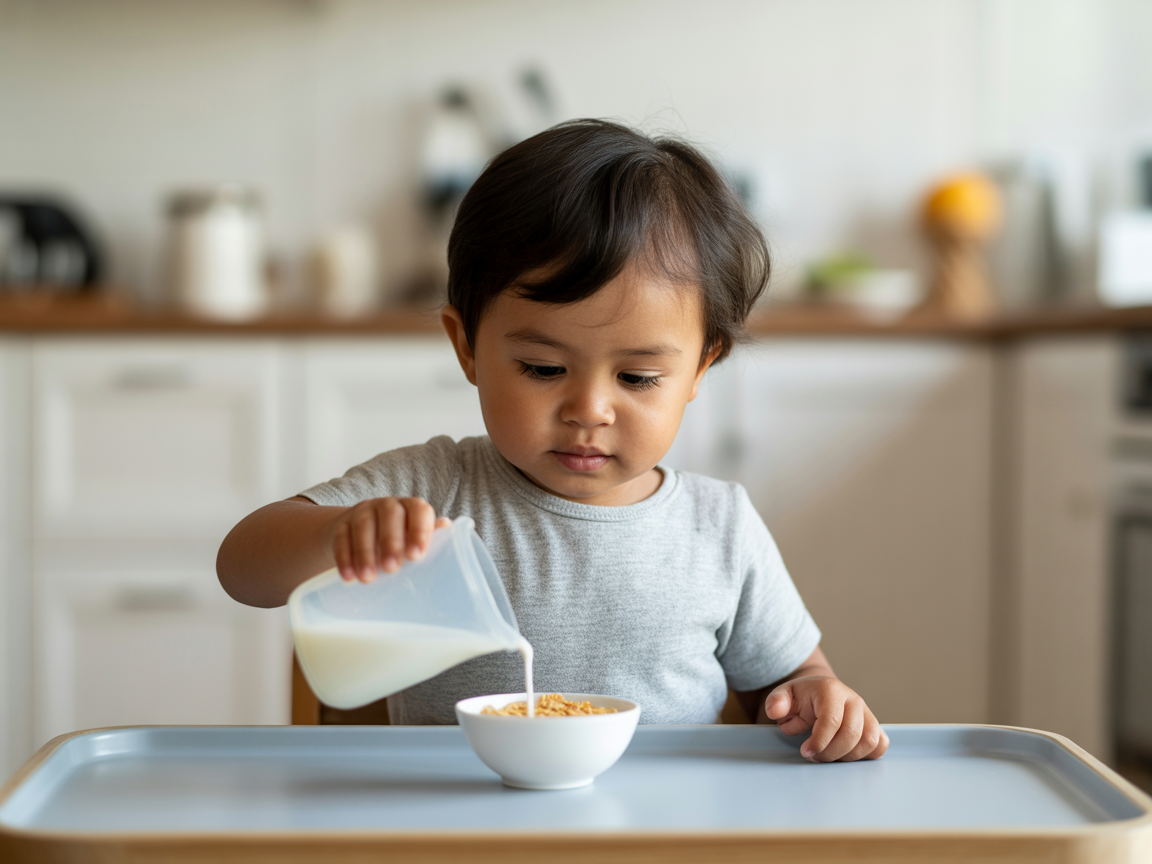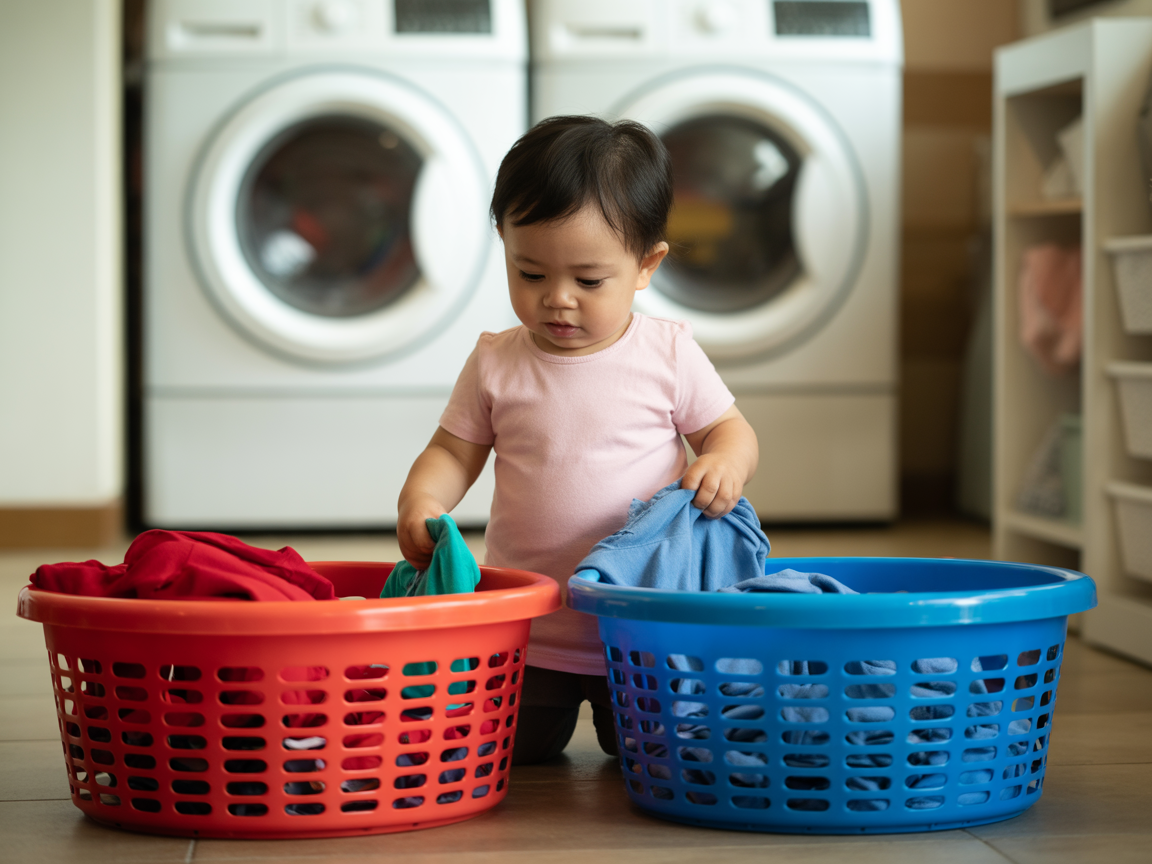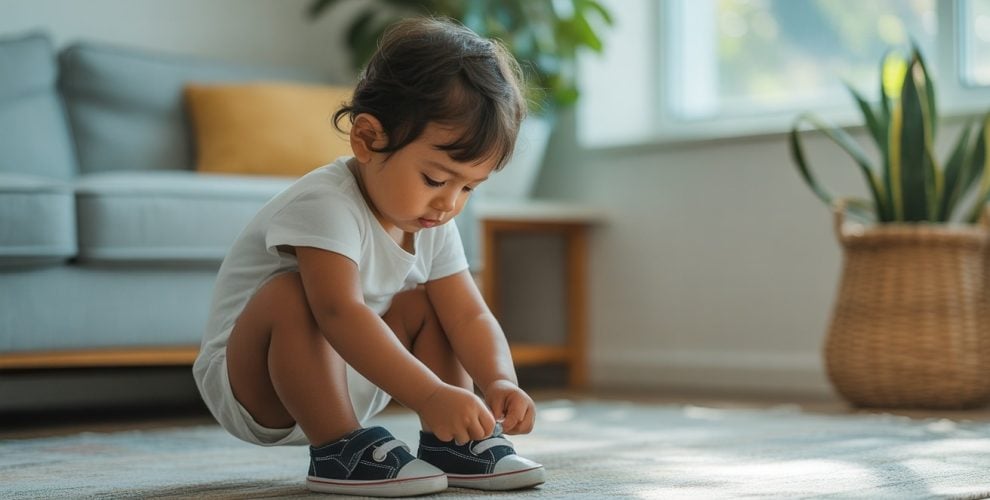In bustling Kuala Lumpur neighborhoods like Mont Kiara, Bangsar, and KLCC, giving toddlers simple responsibilities at home boosts confidence and life skills. These 20 activities turn everyday moments into learning opportunities—no fancy equipment needed, just warmth, encouragement, and a little structure.
What You’ll Gain
- Self‐care skills: Toddlers practice dressing, hygiene, and mealtime tasks.
- Social and emotional growth: Sharing, cooperation, and decision‐making.
- Fine and gross motor development: Pouring, sorting, and organizing.
- Family routines: Build lasting habits that smooth daily life.
- Preparation for preschool: Supports readiness for environments like Little Playhouse.
20 Fun Independence‐Building Activities
1. Tie Your Own Shoes
Start with big laces and sturdy shoes. Practice the “bunny ears” method. Celebrate each small success!
2. Wash Hands with Soap

Use a small stool and easy‐push faucet. Sing a 20-second song while washing.
3. Put Away Toys

Label bins with pictures. Encourage sorting by type: blocks, dolls, cars.
4. Pour Your Own Cereal

Guide steady hands. Talk through steps: “First pour cereal, then milk.”
5. Sort Laundry by Color

Practice color names. Make it a matching game: “Find all the blue items.”
6. Button and Unbutton
Use a button board or an old shirt. Encourage one button at a time. Praise effort.
7. Zip Up Jackets
Lay the jacket flat, show how to align zipper. Let them pull gently.
8. Feed Pets (With Help)
Measure food in a cup, pour into bowl, and call the pet. Teach gentleness.
9. Water Houseplants
Use a small watering can. Place plants at toddler eye level. Talk about growth.
10. Match Socks
Create pairs from the laundry. Turn it into a memory game.
11. Wipe the Table
Provide a damp cloth and a dry one. Demonstrate circular motions.
12. Pack a Small Backpack
Let them choose one toy and a snack. Practice opening and closing zippers.
13. Fold a Small Towel
Help with simple folds. Encourage them to line up edges neatly.
14. Simple Cooking Steps
Stir pancake batter, spread jam on toast, or mash bananas in a bowl.
15. Dust Low Shelves
Use a sock on the hand. Talk about dusting “up and down” motions.
16. Set the Table
Place napkin, spoon, and cup. Count items as they go.
17. Clean Up Spills
Keep small towels nearby. Teach blotting, not wiping, to absorb liquid.
18. Peel Stickers Off
Provide sticker sheets. Practice peeling gently and sticking on paper.
19. Put Dirty Clothes in Hamper
Label hamper with picture. Explain the purpose: “Dirty clothes go here.”
20. Choose Outfit for the Day
Offer two weather-appropriate options. Let them decide which to wear.
Practical “At Home” Tips
- Offer choices to boost decision-making: “Red shirt or blue shirt?”
- Make tasks routine: do the same activity at the same time daily.
- Use visual cues: photos or drawings for each step.
- Model tasks first, then let them try while you observe.
- Celebrate every attempt: “Great job pouring the milk!”
Inspired to see more? Visit our blog hub for parenting tips or schedule a visit to Little Playhouse and explore our play-based approach in action.
Frequently Asked Questions
How do I introduce these activities smoothly?
Start with one or two tasks, practice together, and gradually add more. Always make it playful and pressure-free.
My toddler refuses certain tasks—what now?
Offer simplified steps or switch to another activity. Return later when they feel more confident.
How long should each activity take?
Toddlers focus in short bursts—5 to 10 minutes per task is plenty. Follow their cues and wrap up before frustration sets in.
Can I adapt these for younger or older children?
Yes. Simplify steps for younger toddlers (18 months) or add complexity (counting, sorting shapes) for 4–5 year-olds.
